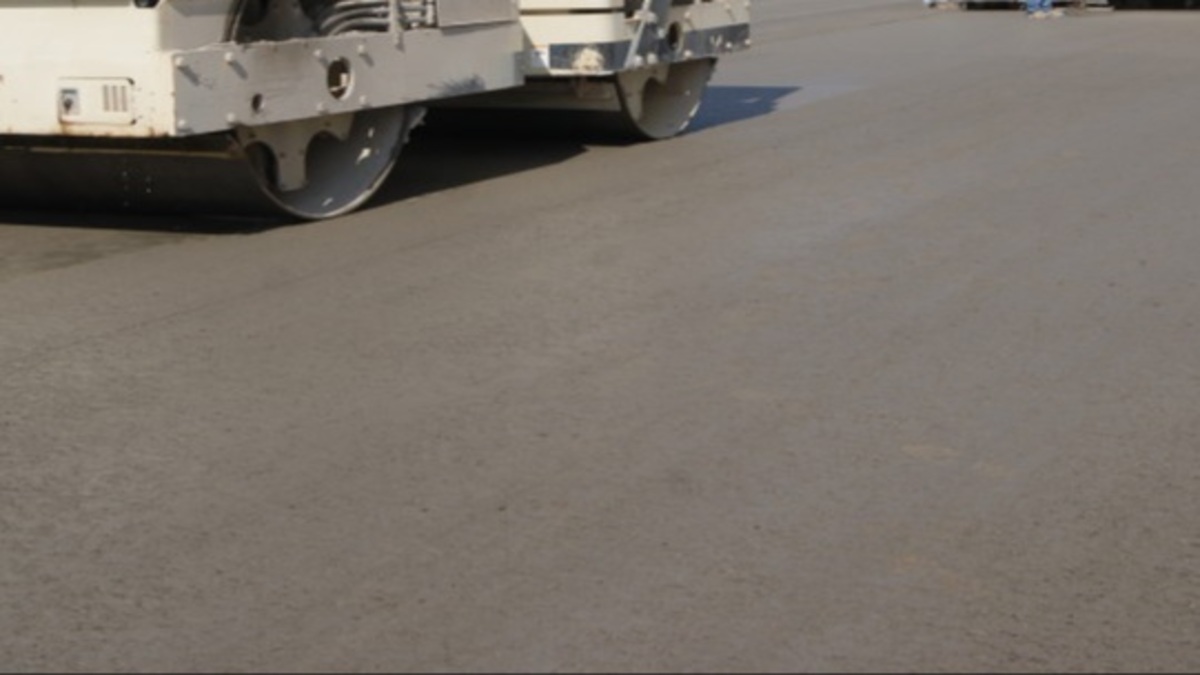Table of Contents
What Is Roller Compacted Concrete?
Roller compacted concrete is a relatively new development in the construction of dams and locks. It utilizes a no-slump concrete mixture that can be transported, placed, and compacted using the same equipment used for earth and rockfill dams. This mixture, which consists of aggregates, cement, water, and sometimes admixtures, is proportioned to support external compaction equipment. The stiff, zero-slump concrete mixture has the consistency of damp gravel, and air-entraining, water-reducing, and set-controlling admixtures are effective in reducing the vibration time required for full consolidation of roller compacted concrete. This lowers the entrapped air-void content, increases strength, and reduces permeability.

Roller compacted concrete differs from conventional concrete mainly in its consistency requirement, as the concrete must be dry enough to prevent sinking of the vibratory roller equipment but wet enough to permit adequate distribution of the binder mortar throughout the material during mixing and vibratory compaction operations. Therefore, the best compaction occurs at the wettest mix that will support an operating vibratory roller, and the consistency requirement plays a major role in the selection of materials and mix proportions. Workability is often improved by including fly ash in roller compacted concrete mixtures, which typically contain less cement and cementitious material paste (250-350 kg/m3) and a significantly higher fly ash proportion (25-70%) by weight of cementitious material. The 28-day strength of roller compacted concrete is comparable to ordinary Portland cement and sometimes even greater.
One problem caused by the drier consistency of roller compacted concrete is the difficulty of bonding fresh concrete to hardened concrete. Special high-consistency bedding mixtures can be used to reduce the tendency to form cold joints. The creep and thermal properties of roller compacted concrete are within the range of those of conventional normal concrete.
Advantages Of Roller Compacted Concrete
- Lower cement consumption due to the use of leaner concrete
- Reduced formwork costs using layer placement method
- No need for pipe cooling due to temperature rise
- Lower transportation costs as concrete can be hauled by dump trucks, spread by bulldozers, and compacted by vibratory rollers
- High rates of equipment and labor utilization due to faster concrete placement
- Shortened construction period due to efficient placement and compaction methods.
Disadvantages Of Roller Compacted Concrete
- Achieving smoothness can be a challenging task.
- It’s important to address any cracks that may arise during construction.
- Skilled personnel are required to ensure proper construction.
- Constructing drainage galleries in roller compacted concrete dams can increase costs and construction time due to the limitations of the earth fill method.
- Roller Compacted Concrete may not be suitable if there is a shortage of aggregate material, poor-quality foundation rock, or a risk of excessive differential settlement.
- Water seepage can be a problem in dams built or repaired with roller-compacted concrete, so it’s important to consider adding water stoppage layers.
Applications Of Roller Compacted Concrete
Roller compacted concrete is particularly suitable for the construction of concrete pavements due to its excellent aggregate interlocking, ability to be quickly constructed within a short period of time, and fast strength development that allows for early opening to traffic. Roller compacted concrete is also commonly used for building dams, heavy-duty parking runways, storage areas, and yards.
